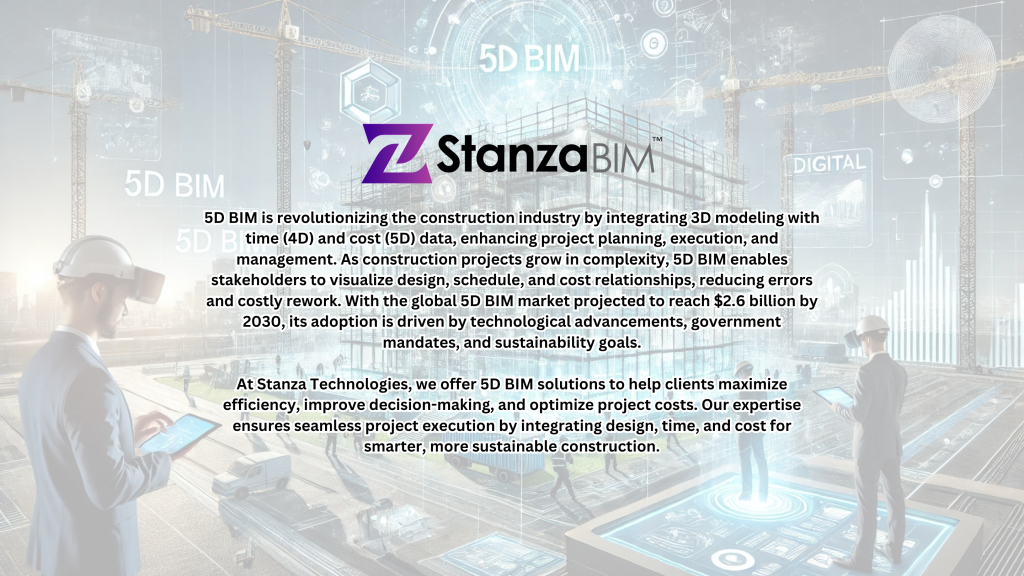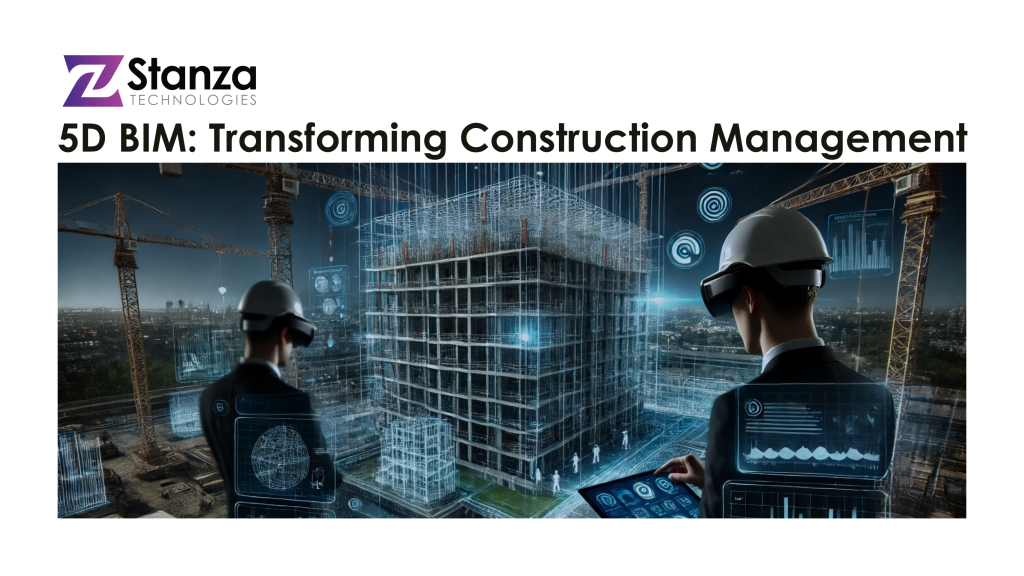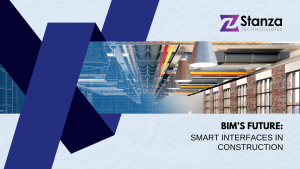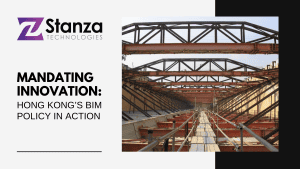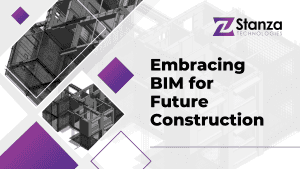Building Information Modeling has experienced significant growth in the market in recent years, particularly with 5D. By integrating 3D Modeling with time (4D) and cost (5D) dimensions, 5D has emerged as a dominant tool for optimizing project planning, execution, and management. The increasing complexity of construction projects, the rising demand for efficient building practices, and the global shift towards digitalization in the construction industry have driven this innovative tool’s growth.
5D lets stakeholders visualize and understand the intricate relationships between design, time, and cost. This is crucial for current construction projects, which often involve tight budgets, stringent timelines, and multiple independent components. By incorporating cost data into the 3D model, 5D BIM provides a comprehensive perspective, allowing project managers to make informed decisions and anticipate potential challenges. This integration streamlines processes, reduces errors, minimizes costly rework, and proves that it is an integral tool for small- and large-scale projects.
Based on the recent report conducted by Research and Markets, The global market for 5D BIM is poised for exponential growth, estimated at approximately $1 billion in 2023 and projected to reach $2.6 billion by 2030. This growth is attributed to multiple key factors, such as technological advancements, government mandates for BIM adoption, and the growing emphasis on sustainable practices. Companies worldwide recognize BIM’s benefits in achieving efficiency and transparency in public infrastructure projects. Governments are increasingly mandating its use, especially with projects requiring extensive collaboration and adherence to strict regulatory standards.
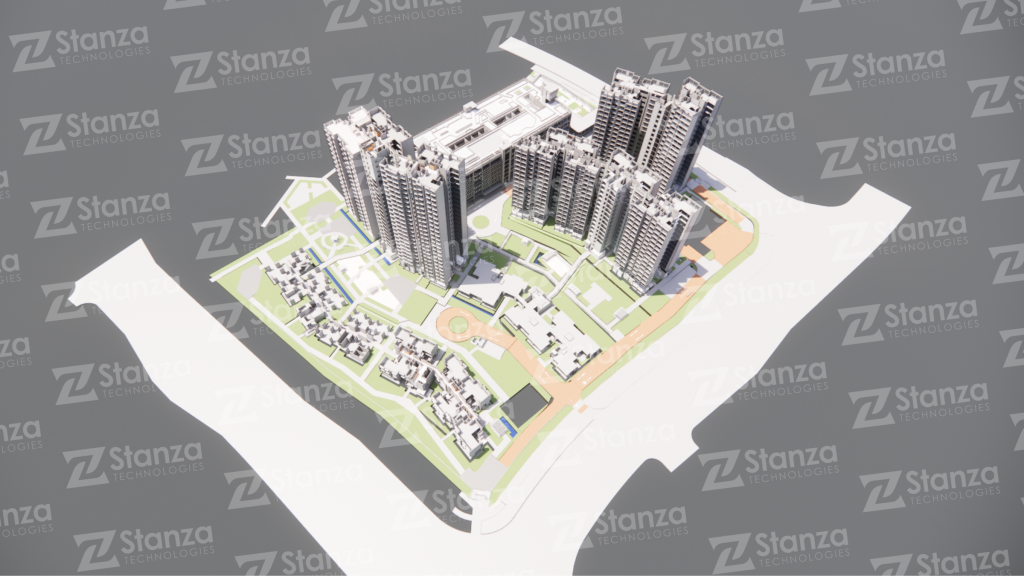
The advance of cloud-based solutions and improved interoperability among software platforms also contributed significantly to adopting 5D BIM. Cloud technology facilitates seamless collaboration among geographically dispersed teams, enabling real-time updates and access to centralized data. It enhances communication and ensures that all stakeholders work with the most current and accurate information.
Sustainability is one of the driving forces behind the adoption of 5D BIM, as it allows for detailed simulations of energy consumption, material usage, and environmental impacts. By incorporating these factors into the planning phase, stakeholders can design buildings that meet green building standards and reduce lifecycle costs.
The growth of the 5D BIM market underscores its critical role in paving the way for the future of the AEC industry. By offering a holistic approach to project management that integrates design, time, and cost, 5D BIM is driving efficiency, sustainability, and innovation. As technology continues to advance and industry adoption accelerates, 5D BIM is set to become an essential component of modern construction practices, delivering significant value to stakeholders and transforming the way projects are conceived and executed.
